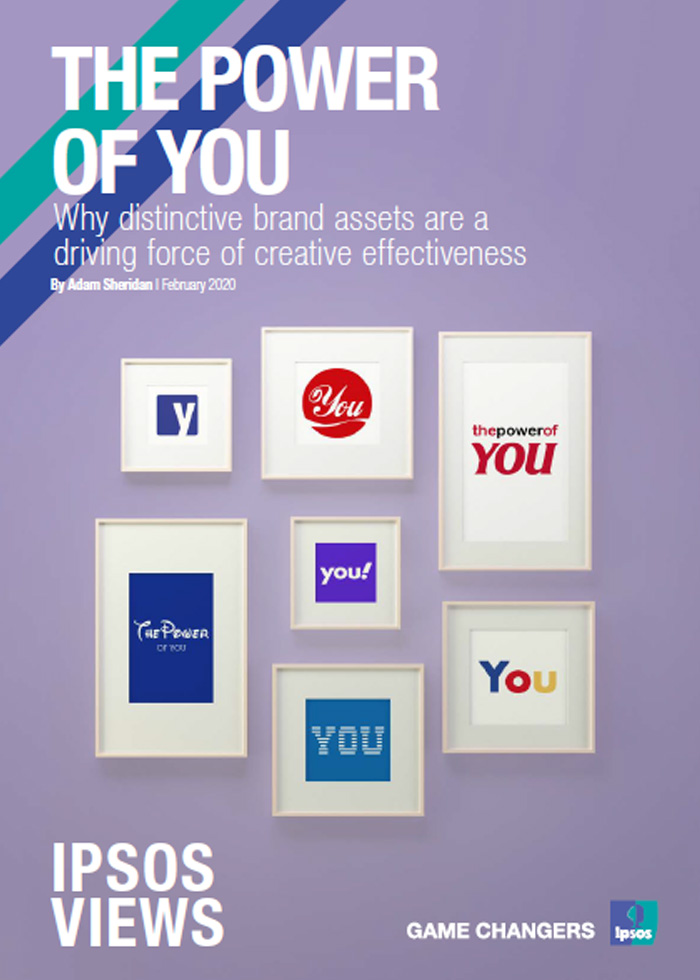The power of you: why distinctive brand assets are a driving force of creative effectiveness
 The media landscape is rapidly changing, offering the consumer more content as well as the choice to skip or scroll away from what doesn’t interest them. While creative may need to work harder to grab and keep attention, its main role has largely remained the same:
The media landscape is rapidly changing, offering the consumer more content as well as the choice to skip or scroll away from what doesn’t interest them. While creative may need to work harder to grab and keep attention, its main role has largely remained the same:
To capture attention and encode memories that can later influence brand choice.
So the question all marketers need to ask themselves is: Am I maximising the power of my brand’s assets?
Brand assets are the cues and signals of a brand that leverage non-verbal based stimuli, such as visual colours, logos, characters, celebrities, audio devices and music, scents/tastes when using the brand or product. Examples of these include visual colours and logos like Mastercard’s red and yellow overlapping circles, or characters like KFC’s the Colonel.
While much has been said about their role, less is known about the strength of the effects of brand assets. In this paper, we explain that brand assets which embrace the power of you, those developed as part of the brand, are more effective than those leveraged from wider culture.
Via an Ipsos meta-analysis of over 2,000 pieces of video creative, we examine the relationship between effectiveness and the presence or not of brand assets.
Our three key recommendations are:
- The presence of brand assets is strongly linked to positive branded attention effects, more so than just directly showing or talking about the brand.
- Brand assets that leverage the power of you, such as characters and sonic brand cues, are more effective than assets that are leveraged from wider culture, such as celebrities and music.
- While less frequently used, audio assets are on average more effective than some visual assets, which suggests brands can take the opportunity of audio to improve the branded attention of their video creative over time.


![[WEBINAR] Ipsos@Cannes 2025 - The Empathy Re-Connection](/sites/default/files/styles/list_item_image/public/ct/event/2025-09/Cannes_1.jpg?itok=1BV8OhRD)

